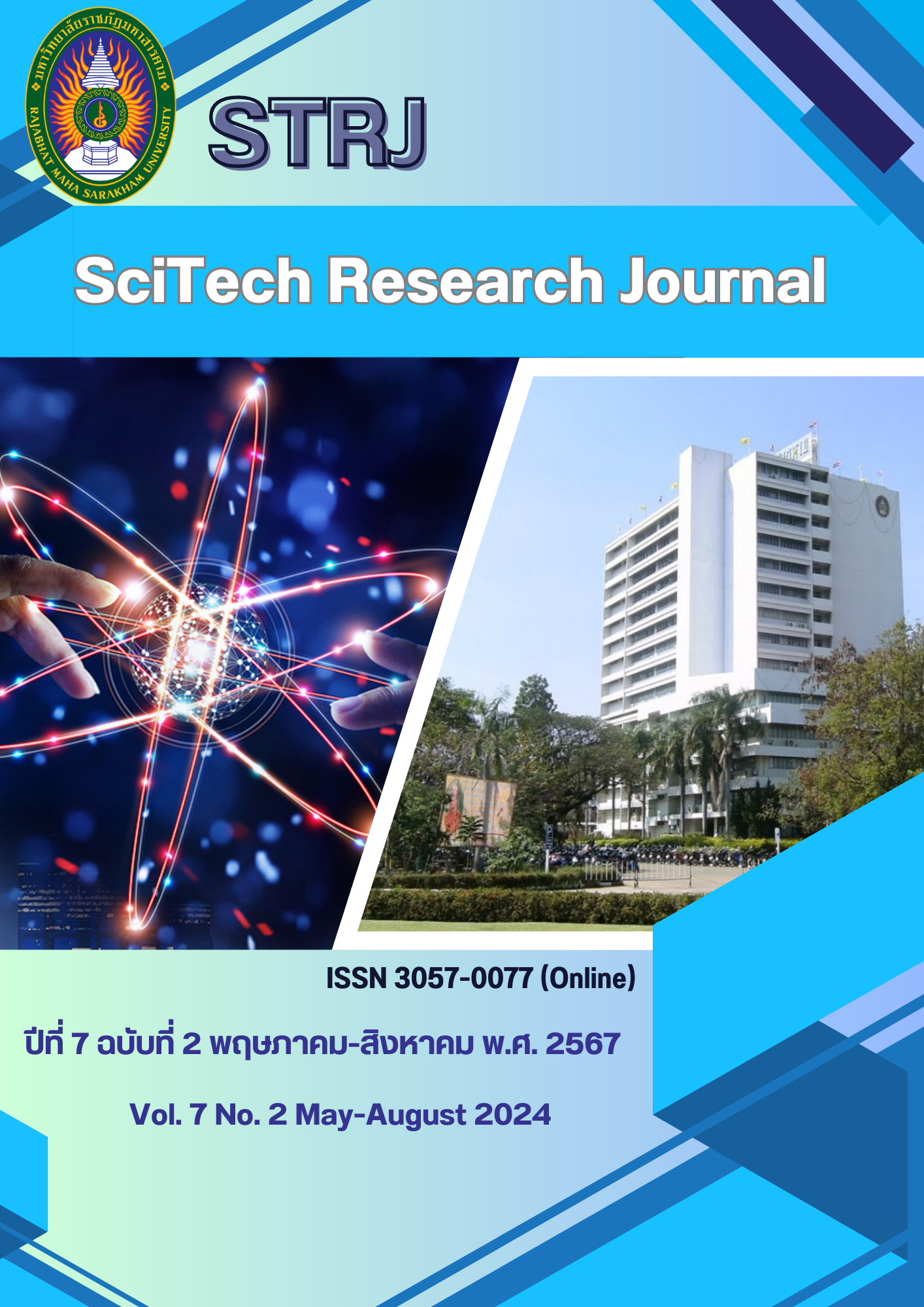Potential for producing electricity with rooftop solar energy and conserving energy by changing equipment of Chaiyaphum Rajabhat University
Keywords:
Solar energy, Electrical lighting system, Air conditioning system, Energy conservationAbstract
This paper presents the potential of generating electricity with rooftop solar energy and conserving energy by changing the equipment of Chaiyaphum Rajabhat University by surveying energy use in Chaiyaphum Rajabhat University. Information regarding building space was collected, including several air conditioning equipment, several lighting equipment, and information on electrical energy usage of Chaiyaphum Rajabhat University. Then the potential for rooftop solar installations, energy saving potential in lighting systems, and energy saving potential of air conditioning systems proceeded.
As a results, it was found that it was possible to reduce the overall energy cost burden by more than 48.60% from the energy cost compared to before changing the system to the LED system with Built-in IoT. This resulted in reducing 90% energy consumption and 37.50% reduced energy use of Inverter Air Conditioner. Electricity production from solar energy installed on the roof can be designed with a maximum power generation capacity of approximately 450 kWp, resulting in electrical energy savings of 668,172.59 kWh, equivalent to an amount saved of 3,006,766.66 bath/year.
References
Byrne, J., Taminiau, J. Kurdgelashvili, L., Nam Kim K. (2015). A review of the solar city concept and methods to assess rooftop solar electric potential, with an illustrative application to the city of Seoul Renew. Sustain. Energy Rev, 830-844.
C S.K., Christofides, N.G., Papadakis, A.P. (2010). Feasibility study of a 150 kWp photovoltaic park in Cyprus. 7th Mediterranean Conference and Exhibition on Power Generation, Transmission, Distribution and Energy Conversion. 7-10 November, Agia Napa, Cyprus.
Child, M., Kemfert, C., Bogdanov, D & Breyer C. (2019). Flexible electricity generation, grid exchange and storage for the transition to a 100% renewable energy system in Europe Renew. Energy, 139, 80-101.
Daut, I., Irwanto, M., Irwan, Y.M., Gomesh, N., & Ahmad, N.S. (2011) Potential of solar radiation and wind speed for photovoltaic and wind power hybrid generation in Perlis, Northern Malaysia. The 5th International Power Engineering and Optimization Conference, Malaysia.
Ford, R., Walton, S., Stephenson, J., Rees, D., Scott, M., King, G., Williams, J. & Wooliscroft, B. (2017). Emerging energy transitions: PV uptake beyond subsidies Technol. Forecast. Soc. Change, 117, 138-150.
Karki, P., Adhikary, B & Sherpa, K. (2012). Comparative study of grid-tied photovoltaic (PV) system in Kathmandu and Berlin using PVsyst. Nepal: IEEE ICSET.
Khan, J. & Arsalan M.H. (2016). Estimation of rooftop solar photovoltaic potential using geo-spatial techniques: a perspective from planned neighborhood of Karachi-Pakistan Renew. Energy, 90, 188-198.
Singh, R., Banerjee R. (2015). Estimation of rooftop solar photovoltaic potential of a city Sol. Energy, 115, 589-602.



